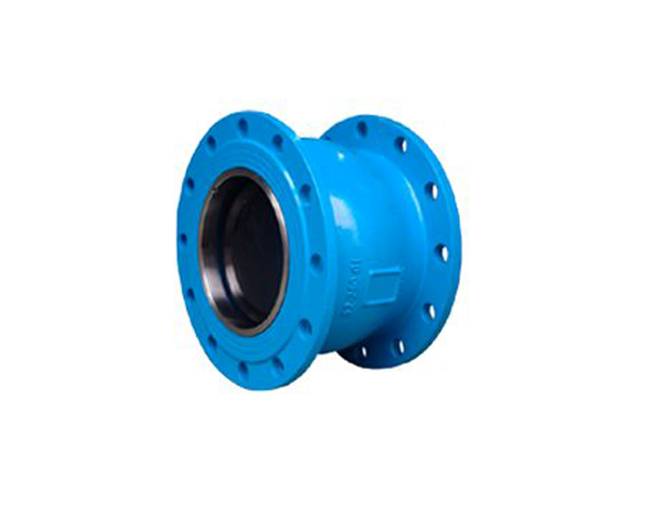Today we will discuss the check valve installation position. So how is the installation position of a check valve determined? What is the difference between installing a check valve in front of the pump and after the pump, and where does the installation in front of the pump apply? Check valves are usually used in conjunction with other valves, so where do they have to be installed when used in conjunction with other valves? The following check valve supplier to discuss together.
Check valve is a kind of automatic valve, it relies on the pressure of the flowing medium in the pipeline to push the valve flap, to achieve the closure and opening of the valve, when the medium stops flowing, check valve flap closed, it can effectively prevent the backflow of the medium in the pipeline, which plays a great role in ensuring the safety of the pipeline.
Check valve according to the structure, can be divided into lift check valve, swing check valve and butterfly check valve three. Lift check valve can be divided into vertical and straight through two. Swing check valves are divided into single valve, double valve and multi-flap type. Butterfly check valve is divided into butterfly double valve, butterfly single valve, the above check valve in the form of connection can be divided into four kinds of threaded connection, flange connection, welding and buttress type connection.

The check valve is installed to ensure the flow of water inside the pump, so as to ensure the normal work of the pump. So regarding the installation position of the check valve, whether it is installed in front of the pump or after the pump, it can be divided into two cases.
One is installed at the end of the vertical suction pipe in front of the pump, also called the bottom valve. The purpose is to fill the pump with water without pumping once, because the pump can only idle when there is no water in the pump and in the suction pipe in front of the pump, so the pump must be filled with water in order to pump out water. This type of pump is installed above the liquid level in a way that is also called the negative pressure method.
The other is to install it at the back of the pump. This method of installation is when the liquid level is higher than the pump, which makes it easier to start and stop the pump without having to close the pump discharge valve, especially for master control pump systems, to prevent backflow from occurring.
The check valve must be installed at the pump outlet, in a position before the outlet control valve, in order to service the check valve. Generally the first outlet of the pump is a soft connection (shock absorber), followed by the check valve and then the isolation valve (e.g. butterfly valve, gate valve, stop valve, etc.)